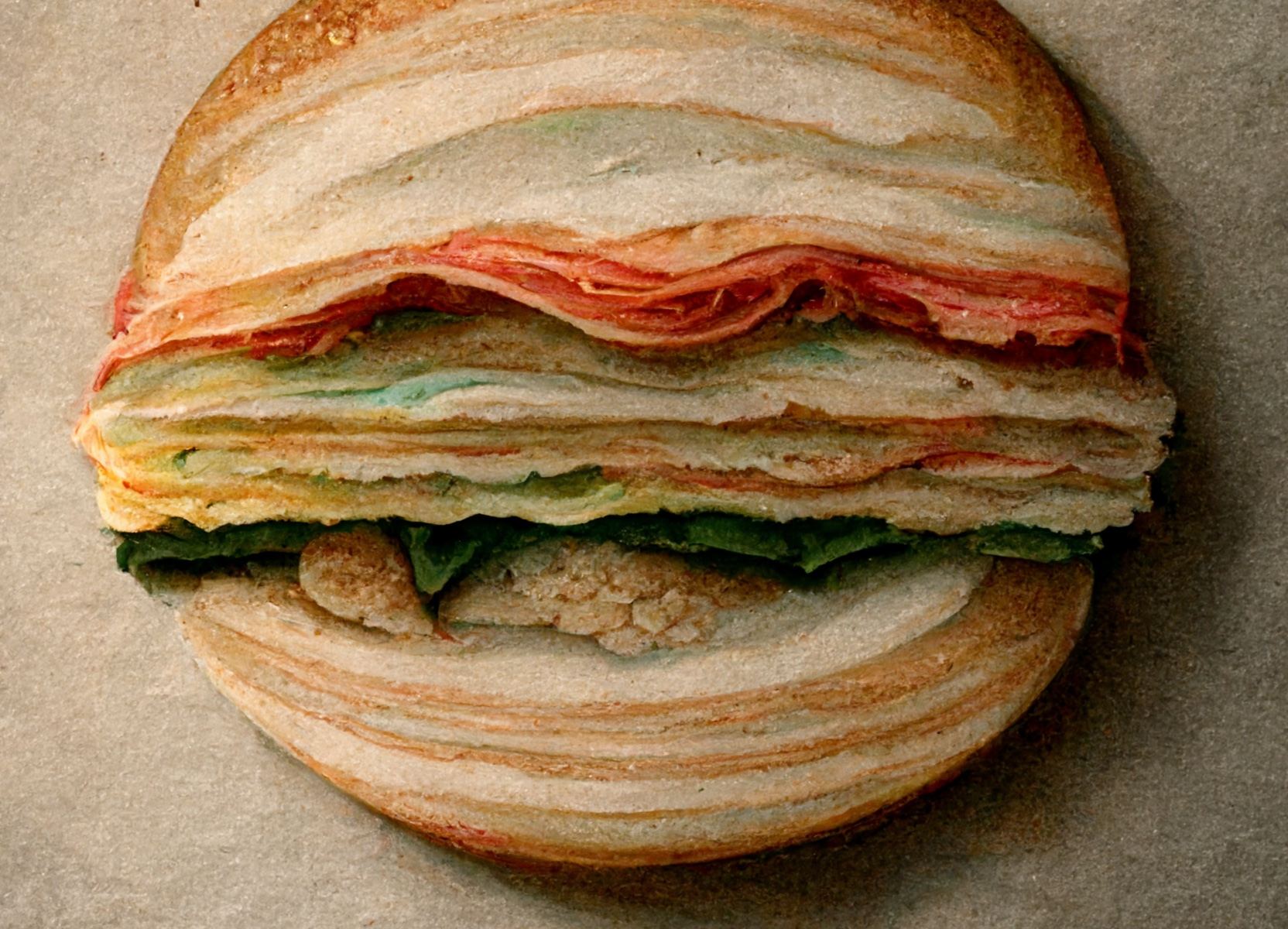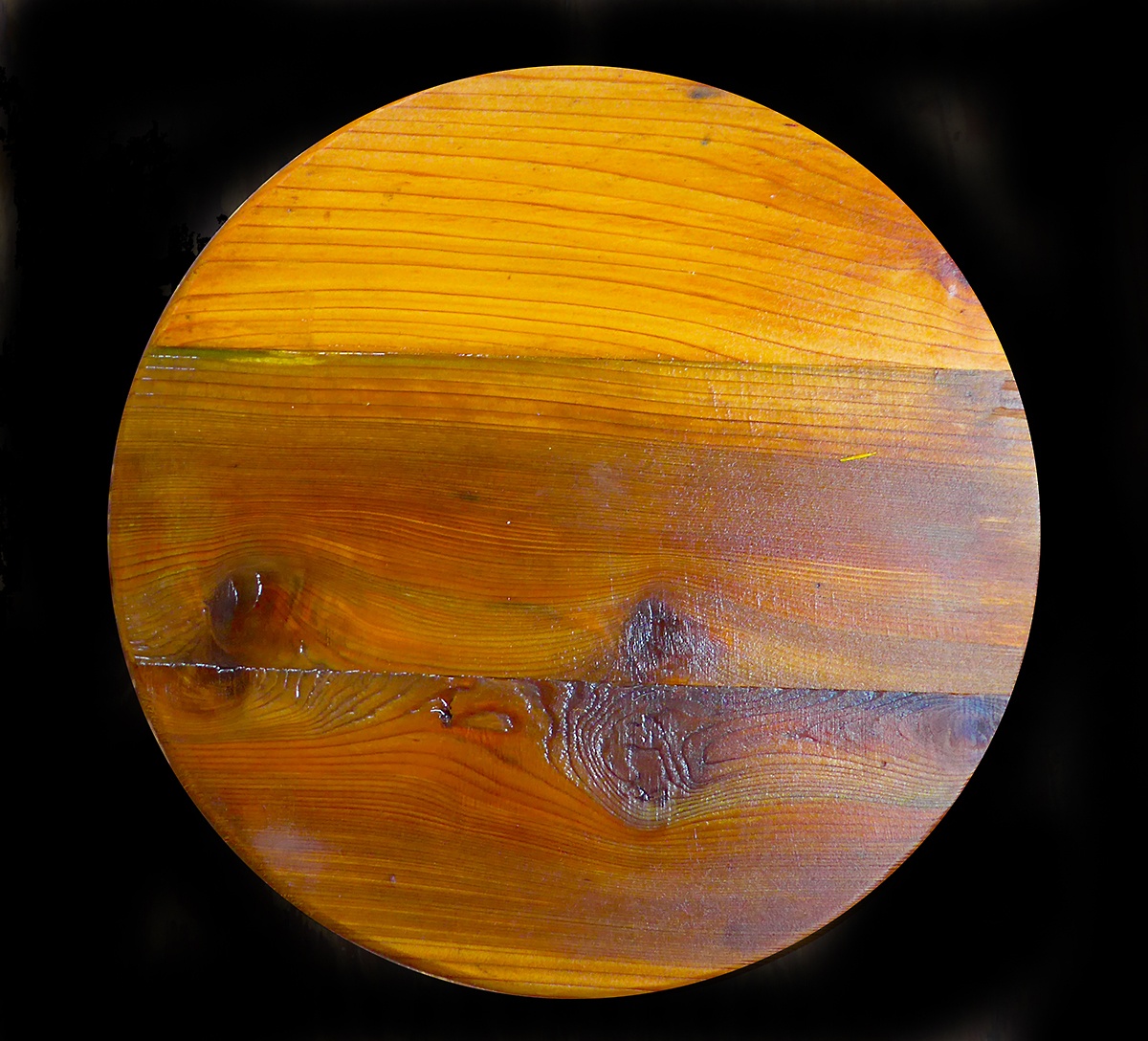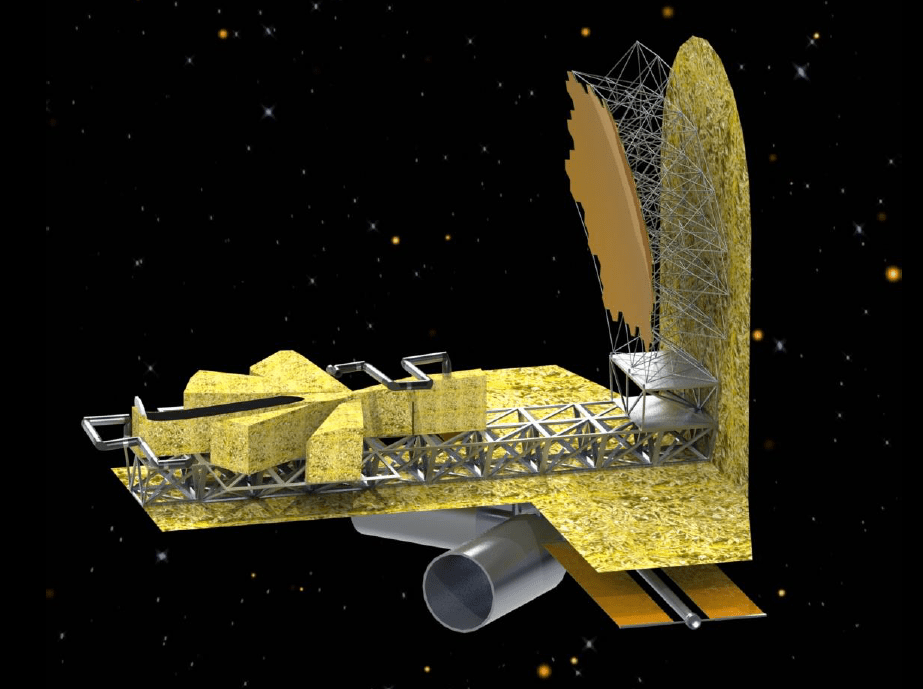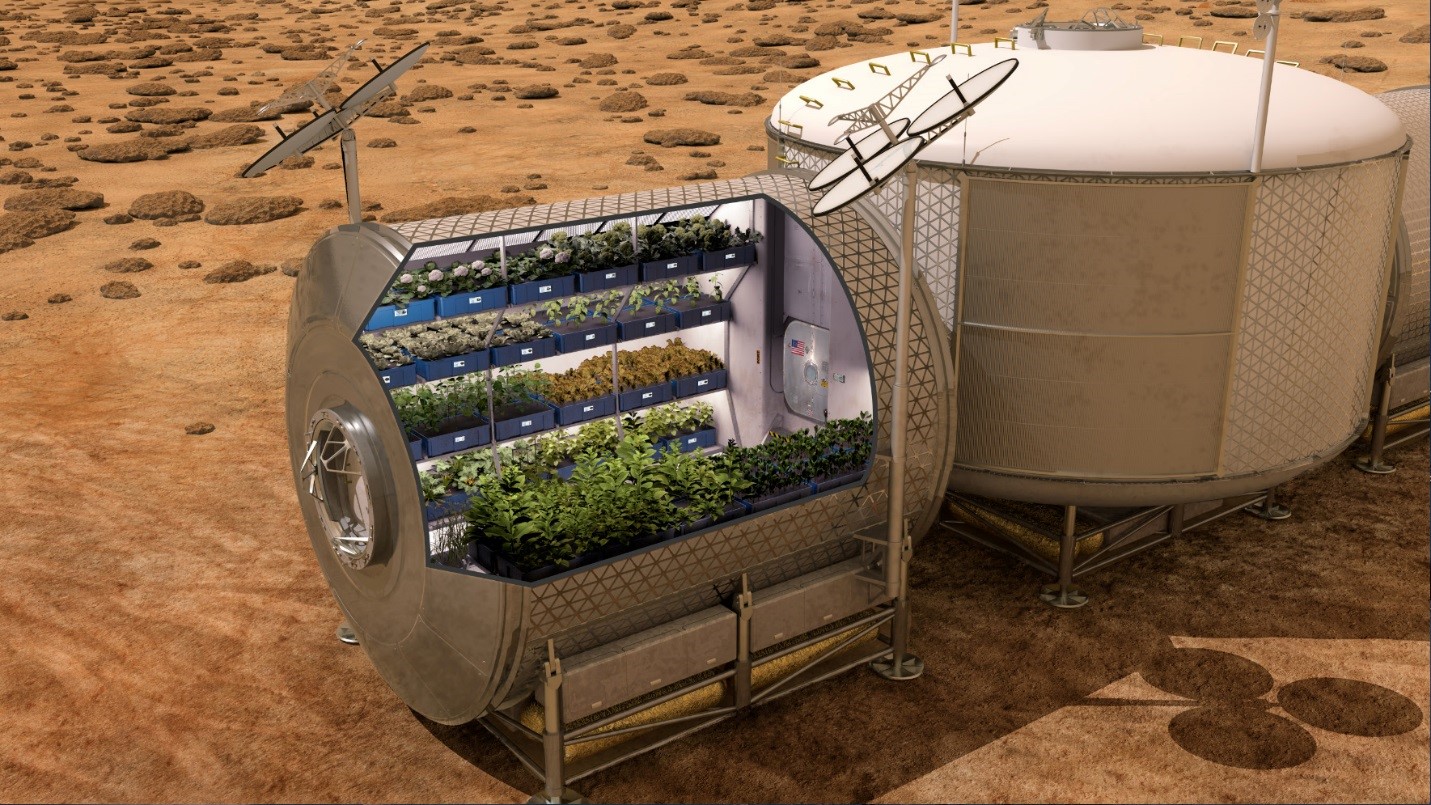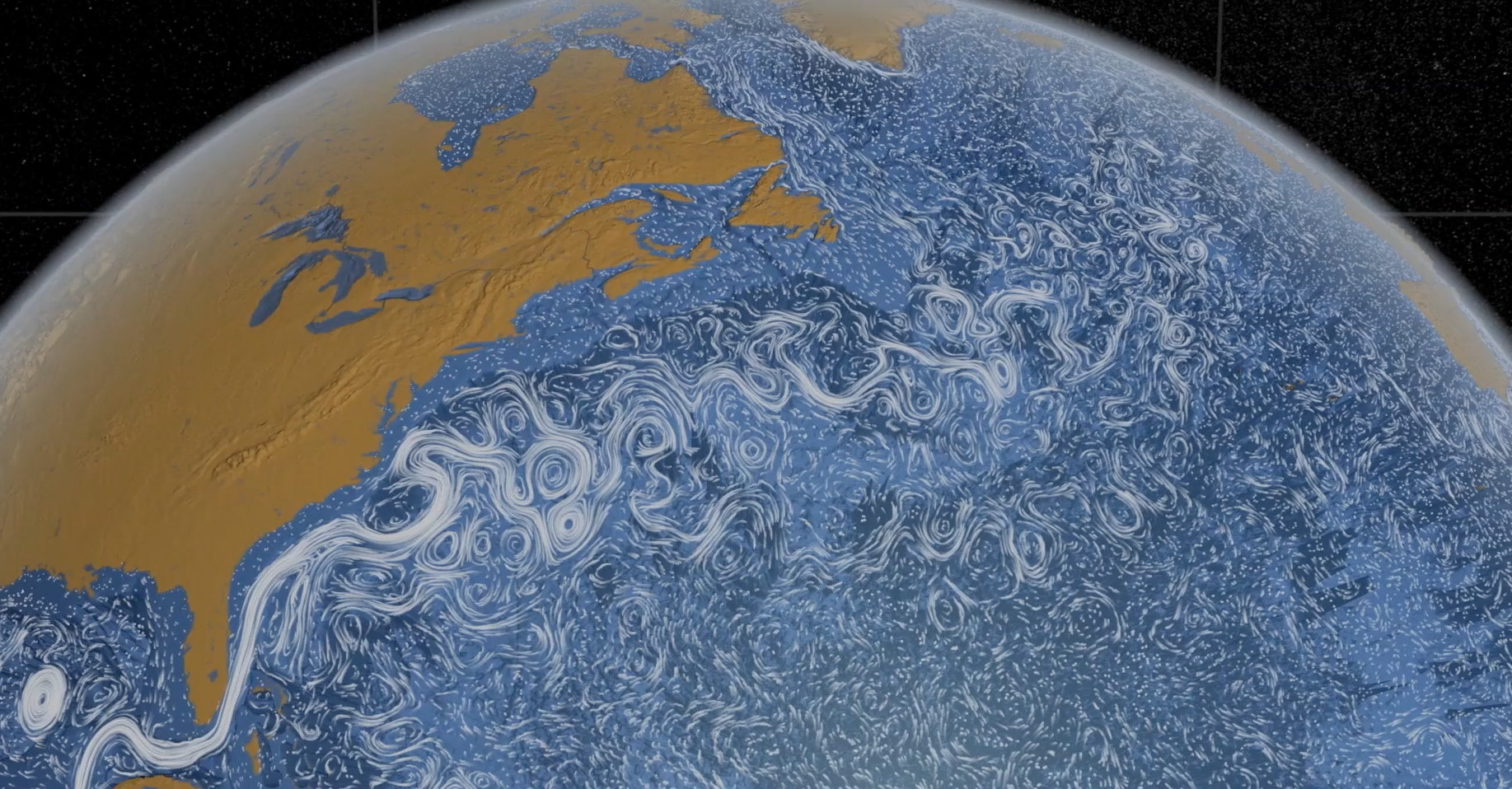As soon as I saw these new artificial intelligence image creation tools, like DALL-E, I wanted to see how well they’d work for generating space and astronomy images. I’m still on the waiting list for DALL-E 2, so I don’t have any feedback to give there, but I signed up for Midjourney AI, played around with the free account, and then signed up for a full paid account, so I could test out its capabilities.
Continue reading “I Asked an AI to Dream the Solar System as Food”My Dad Made a Table That Looks Surprisingly Like Jupiter
My Dad’s a pretty good woodworker, and recently completed a wooden table that looks surprisingly like Jupiter, Great Red Spot, atmospheric bands and all.
Continue reading “My Dad Made a Table That Looks Surprisingly Like Jupiter”Betelgeuse Is Still Dimming! And We Have the Pictures to Prove It

Near the end of 2019, astronomers watching the red giant Betelgeuse noted how much the star had dimmed, continuing to steadily fade for months.
It’s a variable star, and it’s known to get dimmer and brighter, but the big surprise is that it’s still continuing to dim, recently passing magnitude 1.56 and still getting dimmer. This is unprecedented in the decades that astronomers have been watching the star.
Continue reading “Betelgeuse Is Still Dimming! And We Have the Pictures to Prove It”Building Space Telescopes… In Space
When it comes to telescopes, bigger is better. That’s true down here on Earth, and it’s especially true out in space. As astronomers and engineers design the next generation of giant space telescopes, they’re running up against the limits of current launch providers. There are only so many ways you can fold a huge telescope to get it to fit inside a 5-meter launch fairing.
Continue reading “Building Space Telescopes… In Space”What Will It Take To Feed A Million People On Mars?
In 2017, Elon Musk laid out his grand sweeping plans for the future of SpaceX, the company that would take humanity to Mars. Over decades, tens of thousands of Starship flights would carry a million human beings to the surface of the Red Planet, the minimum Musk expects it’ll take to create a self-sustaining civilization.
Continue reading “What Will It Take To Feed A Million People On Mars?”Better Than Earth? Are There Superhabitable Worlds In The Milky Way?
I’ve said many times in the past that the Earth is the best planet in the Universe. No matter where we go, we’ll never find a planet that’s a better home to Earth life than Earth. Of course, that’s because we, and all other Earth life evolved in this environment. Evolution adapted us to this planet, and it’s unlikely we could ever find another planet this good for us.
However, is it the best planet? Are there places in the Universe which might have the conditions for more diversity of life?
Continue reading “Better Than Earth? Are There Superhabitable Worlds In The Milky Way?”Want To Explore Mars? Send Humans To The Moons Of Mars First: Phobos And Deimos
Humans to Mars. That’s the plan right? The problem is that sending humans down to the surface of Mars is one of the most complicated and ambitious goals that we can attempt. It’s a huge step to go from low Earth orbit, then lunar landings, and then all the way to Mars, a journey of hundreds of millions of kilometers and 2 years at the least.
Continue reading “Want To Explore Mars? Send Humans To The Moons Of Mars First: Phobos And Deimos”Bringing Mars To Earth. The Plans For a Mars Sample Return Mission
One of the great accomplishments of the Apollo missions was to bring home hundreds of kilograms of lunar rock. Suddenly, geologists had a lifetime’s worth of lunar samples captured from several different spots across the Moon. These rocks and dust have been under continuous analysis since the Apollo 11 astronauts came home over 50 years ago.
Continue reading “Bringing Mars To Earth. The Plans For a Mars Sample Return Mission”A Spacecraft Is Going To Assemble Its Own Solar Panels In Space: Archinaut One
As I’ve mentioned in several episodes now, humanity is in a bit of a transition period, a time when it makes sense to launch material up and out of Earth’s gravity well into orbit, and beyond. But it’s really expensive, costing up to $10,000 per pound you want in orbit, and 10 times if you want it on the Moon.
But over the coming decades, more and more of our space-based infrastructure will be built in space, manufactured out of materials that were mined in space.
Continue reading “A Spacecraft Is Going To Assemble Its Own Solar Panels In Space: Archinaut One”Exploring The Icy Moons of Jupiter. NASA’s Europa Clipper and ESA’s JUICE
On August 19th, 2019, NASA announced that their Europa Clipper mission has been approved to move to the next phase of the mission, progressing to the final design stage.
Continue reading “Exploring The Icy Moons of Jupiter. NASA’s Europa Clipper and ESA’s JUICE”
